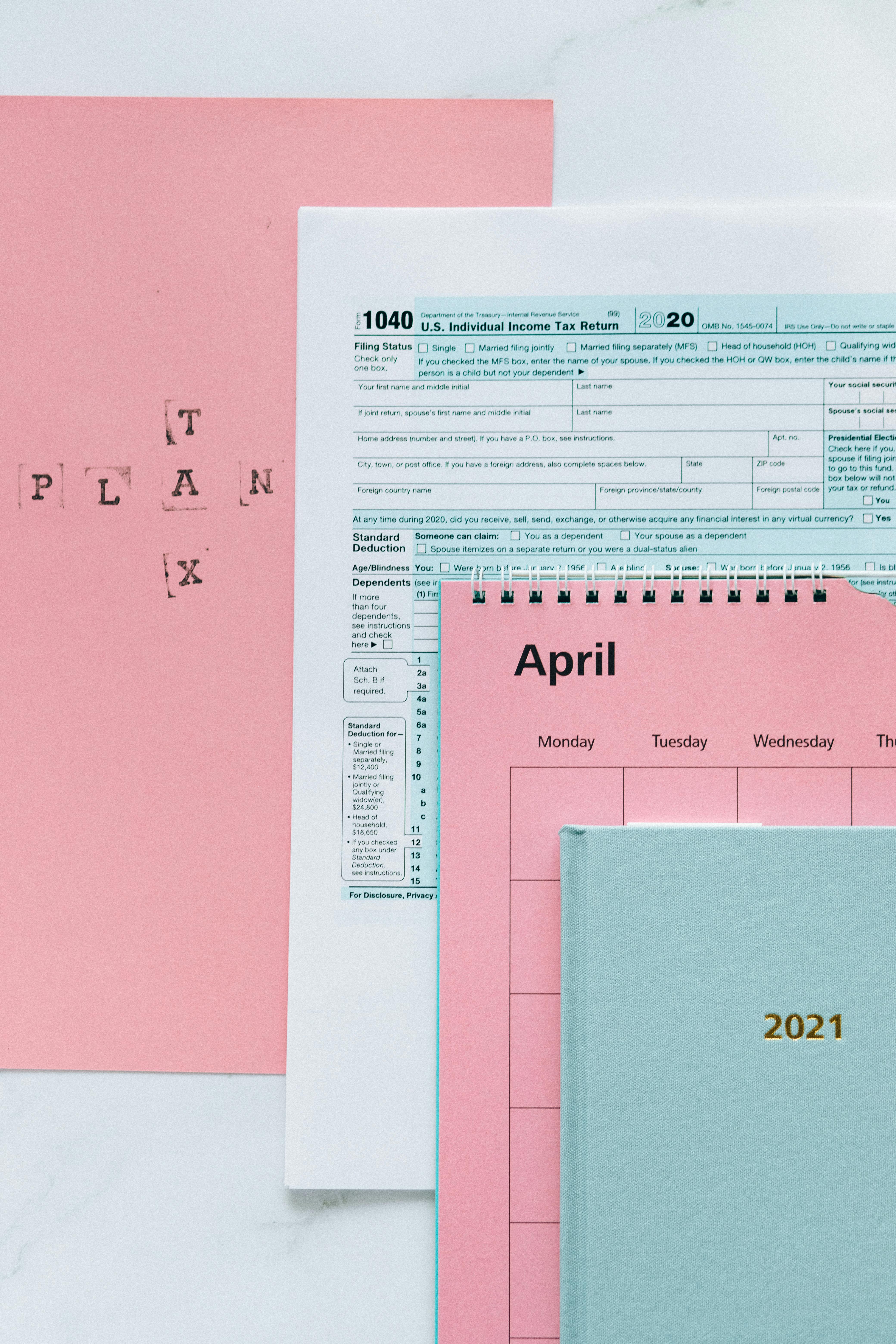Effective Ways to Lock an App on iPhone in 2025: Get Started Now
As technology continues to evolve, the necessity to protect personal information on our devices has never been more crucial. In 2025, Apple has enhanced iOS with new features, allowing users to lock apps on their iPhone effectively. From securing sensitive applications to managing children's access, understanding how to lock apps on iPhone is essential for safeguarding your data. This article will cover the robust options available to secure your iPhone apps, ensuring your personal information remains confidential and accessible only to you. The benefits of locking apps on your iPhone span beyond simple security. For parents, iPhone parental controls provide a way to restrict app usage and protect children from inappropriate content. For individuals, utilizing features such as Face ID or Touch ID enhances privacy and peace of mind. We will guide you through the various methods to lock apps efficiently, discuss why securing app access is crucial, and share tips to maximize your iPhone's security features. Key takeaways from this guide include how to enable app locks through iPhone settings, the use of third-party app lockers, and the latest app privacy features. Let’s delve into effective methods you can implement today.Understanding App Privacy Settings on iPhone
Building on the fundamentals of device security, iPhone app privacy settings are vital for managing individual app access. Users often overlook these settings, yet they provide a comprehensive way to control what information each app can access.Overview of App Privacy Features
iPhone privacy settings offer robust mechanisms to secure sensitive information and minimize unauthorized access. By navigating to the privacy settings in your iPhone's main menu, you can review each application’s permissions, including location services, camera, and contacts. Understanding these features is crucial to maintaining overall app security. Furthermore, these privacy features are regularly updated by Apple, which means keeping your device’s iOS current is paramount. Engaging with these settings ensures that you’re leveraging all the security mechanisms available on your device.How to Alter App Permissions
To customize your app settings, begin by accessing the settings menu and selecting “Privacy”. From there, you can choose specific apps to modify their permissions. For example, if you have a social media app that doesn't require location tracking, you can easily disable that feature, reducing the risk of unwanted data sharing. Moreover, taking time to update permissions regularly based on app usage can prevent access to sensitive information. This practice contributes significantly to protecting your apps on iPhone from unauthorized access.Connecting Privacy Settings with App Locks
Understanding how to integrate app locking features with your privacy settings enhances your iPhone's security. For instance, once you have adjusted permissions, you should also explore how to use Face ID or Touch ID for further protection. This dual layer of security protects your essential apps from unauthorized users, adding an extra layer of peace of mind.How to Use Screen Time to Lock Apps
With these basics established, let's explore how to effectively use the Screen Time feature to lock apps on your iPhone. This built-in feature allows users to set app limits and restrict access.Setting Up Screen Time App Limits
To initiate app lock through Screen Time, begin by navigating to Settings > Screen Time > App Limits. Here, you can add limits for specific apps or categories. For instance, if social media apps consume too much of your time, setting a daily limit will notify you when that time expires. This feature not only promotes mindful usage but also restricts access based on your preferences. It's an excellent way to ensure you’re not overly distracted by your device while securing the applications you deem critical.Implementing Downtime for App Access Control
In addition to app limits, you can also implement 'Downtime' settings in Screen Time. This feature allows you to define specific hours when only certain apps can be accessed, adding yet another layer of security. For example, during family mealtime or study time, you might want to disable all apps except for educational tools or communication with family. This usage guide enhances both productivity and security for users concerned about app access in varied contexts.Utilizing Screen Time Passcode
Another critical aspect is the Screen Time Passcode. When setting up app limits or downtime, ensure you enable a passcode that prevents changes to these settings. This will safeguard against unauthorized modifications by kids or others who may have access to your device. Overall, Screen Time features present a user-friendly method to lock apps and monitor usage patterns effectively.App Locking Options on iPhone
Taking this concept further, let’s evaluate the various options available for locking apps on iPhone in greater detail.Apple's Built-in App Lock Features
Apple provides several built-in features that you can leverage to protect your apps. Using Face ID or Touch ID creates a secure layer, allowing for user-specific accessibility. Features integrated through the iPhone lock screen settings can further enhance protection, providing a quick and efficient mechanism for keeping apps secure.Utilizing Third-party App Lockers
For users seeking additional app locking functionalities, numerous third-party app lockers offer advanced features. These apps often provide customized locking mechanisms for users to select which apps they would like to secure and what type of locking method to employ. Whether opting for password protection or biometric verification, third-party app lockers can cater to various user needs for enhanced security measures. However, it's essential to choose reputable apps to ensure your data remains safe.Best Practices for App Locking
Let’s conclude this section with some best practices when considering app locking on your iPhone. Always keep your iOS updated, as security patches can significantly enhance protection. Regularly review your app permissions and utilize the built-in privacy features for comprehensive security. Engaging with these practices ensures that you’re effectively protecting your personal information against unauthorized access.Frequently Asked Questions About App Locking
Navigating app locking features can feel overwhelming, but addressing frequent inquiries may streamline the process.Is It Possible to Lock Apps Without Jailbreaking?
Absolutely! iPhones offer various security features that allow users to lock apps without resorting to jailbreaking. Utilizing built-in options such as Screen Time, Face ID, and Touch ID are effective methods to keep your apps secure.Can Screen Time Be Used to Monitor Kids' App Usage?
Yes! One of the primary purposes of Screen Time is to manage and restrict how long your children can use certain applications. Parents can set limits and schedule notifications that encourage responsible app usage.Are There Any Risks to Using Third-party App Lockers?
While third-party app lockers can enhance security, ensure that you select trusted applications from reputable developers. Research user reviews and ratings to avoid potential risks associated with less secure lockers.Final Thoughts on Securing Your iPhone Apps
In this digital age, ensuring the security of your personal information is essential. Understanding how to lock apps on your iPhone using built-in features and third-party solutions fosters a more secure experience. Whether utilizing Screen Time features or engaging with third-party applications, the tools available allow for comprehensive app privacy management. By implementing strategies discussed in this article, you not only ensure the security of sensitive information but also promote responsible app usage for children and yourself. Make your iPhone a secure space for all your personal data today and enjoy the peace of mind that comes with well-managed app security.

